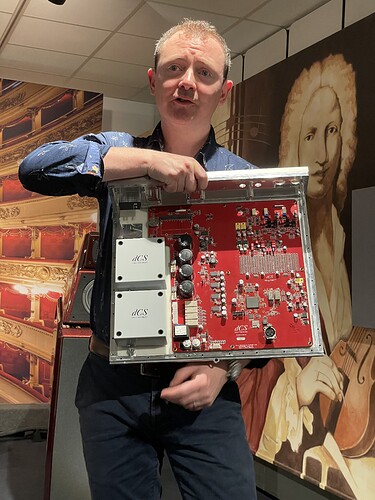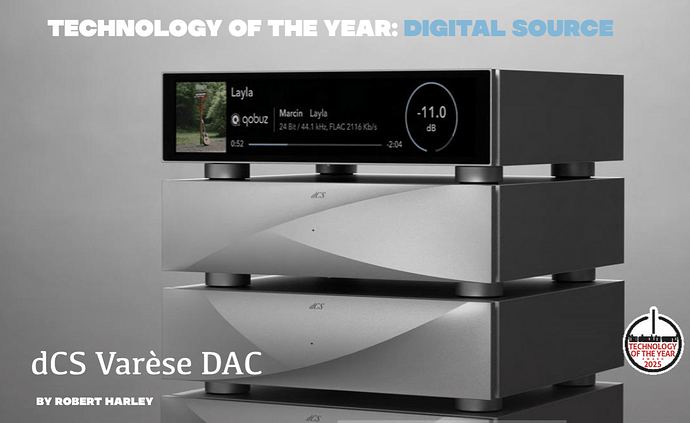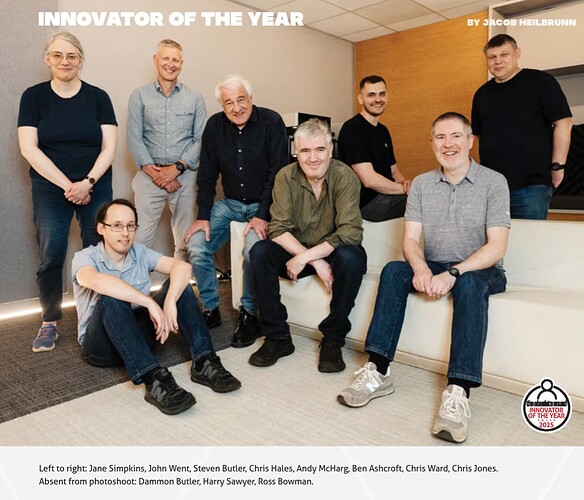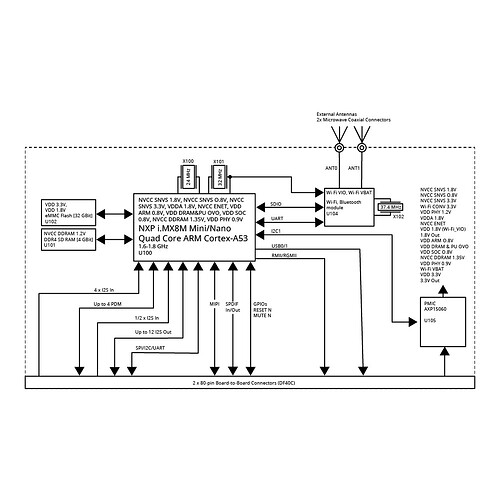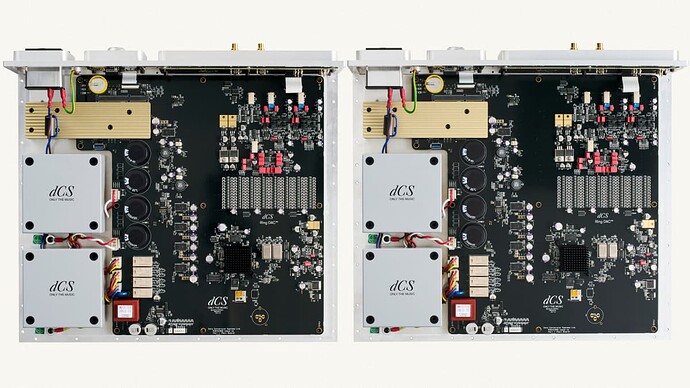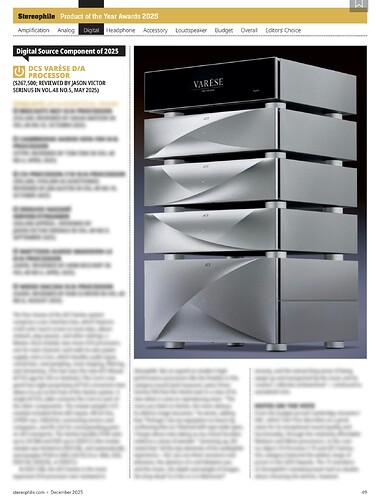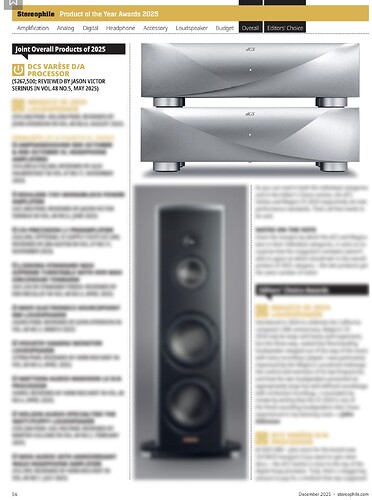Thank you for posting Andre.
I found these two parts of the review noteworthy/interesting:
"The third chassis is the Core, which dCS calls “the heart” of the Varèse music system. The largest component in the system, the Core handles several operations including audio input, conversion, oversampling, noise shaping, filtering, and streaming. Indeed, the Core handles most of the Varèse music system’s processing and “heavy lifting,” relieving the Mono DACs and their power supplies from multiple noise-inducing, power-draining processes. It includes an integrated network streamer that, together with the new dCS Mosaic ACTUS app, enables PCM rates up to 24/384 and DSD up to DSD512 (footnote 5), and automatically oversamples PCM to either DXD (24/352.8 or 384), DSD, DSD128, DSD256, or DSD512."
And:
"Tomix clock technology arose out of the need to ensure that the Mono DACs were perfectly synchronized so that left and right digital samples were converted at the exact same time, with no delay between channels. With all audio signals passing through and processed in the Core, the Core needed to place time stamps on each audio sample. dCS’s solution—Tomix—embeds a time stamp into the clock signal.
“Tomix is quite a nifty way of precisely sending time signals and unscrambling them without negatively impacting timing,” Cook explained. Transmitted via Varèse’s proprietary ACTUS cabling, dCS claims it superior to the Differential Manchester encoding used in traditional AES3 and dCS-developed dual AES. In Differential Manchester encoding, zeros are assigned a longer pulse and ones are assigned a shorter pulse. The problem with this encoding scheme, according to Cook, is that cable capacitance can affect pulse length, thereby creating jitter. Tomix was designed to transcend such limitations."
This latter point, the further elimination of jitter, must be one of the reasons why the Varèse sounds so incredibly natural.
